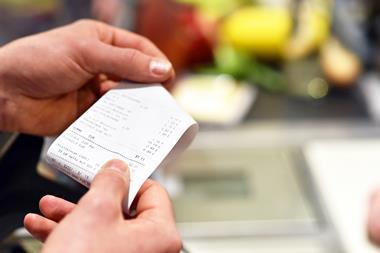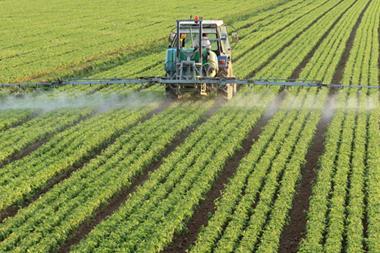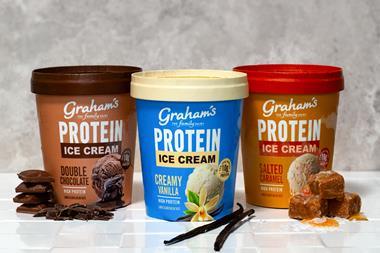
Grocery producers have experienced a turbulent couple of years. The pandemic’s impact on consumer behaviour, including a slowdown in discretionary spending and a pivot to online shopping, rising energy costs, inflation, and labour shortages have all added costs and strained supply chains – and there is more to come.
EY’s latest profit warnings analysis revealed the FTSE personal care, drug and grocery stores sector was the only one to issue substantially more profit warnings in 2021 than in the record-breaking year of 2020, when the pandemic triggered an all-time high. Last year, 39% of the sector issued a profit warning, with supply chain disruption and rising costs triggering nine of the 11 warnings.
Almost every one came from companies supplying personal care or household goods, with just a handful coming from companies supplying or selling food. Food sales have been exceptionally strong during the pandemic – 7.8% higher in December 2021 than the same month of 2019 – but there is only so long producers and retailers can outrun these pressures, especially since we expect greater stress to emerge in 2022.
There has been a perfect storm brewing for many months in the food sector of shortages, rising prices, increasing regulation, and labour and logistics issues. A cross-trade body report warned last year that the food and drink sector is facing significant worker shortages ‘from farm to fork’. We’ve heard from processing plants struggling to find sufficient skilled staff to remain viable, and farmers sowing fewer crops due to the sharp rise in fertiliser prices. The National Farmers Union has warned the poultry industry is hatching 10% fewer chicks because producers can’t process the grown birds. Meanwhile beef slaughterhouses “can’t extract all the value from the carcass because there aren’t enough butchers to process the offal”.
Some producers have scaled down, but others can’t lower their production any further and remain operational. And there are further challenges to come in 2022 as the sector feels the full impact of Brexit regulation. Demand may also come under pressure – or at least change in profile – given the once-in-a-generation level of strain on disposable incomes caused by the pandemic. Many consumers are already trading down to more supermarket value-orientated ranges. Consumers also have more choice on where to spend their cash as life returns to normal – and they’re being more careful about how they spend it. For example, EY’s recent Future Consumer Index report found 49% of consumers are planning to think more carefully about their purchases.
Supermarkets have reported low food inflation so far, but this can’t last given falling levels of production and inflationary pressures in the supply chain. Prices need to rise further. At the same time, given the pressure on consumer incomes, both retailers and producers will need to absorb some increases.
With pressure coming on several fronts, there is no single silver bullet for food producers. The solution is likely to come from a variety of measures that increase mechanisation and efficiency, to reduce labour requirements and increase throughput for the same or lower cost. Producers need to ensure they have ‘locked in’ their supply chain, whether that’s through hedged contracts for fertiliser, feed or logistical services. Streamlining operations is obviously also essential.
The increasing focus on the environment also offers opportunities to differentiate and ensure continued supermarket listings. But there’s no doubt 2022 will be another difficult year.



















No comments yet